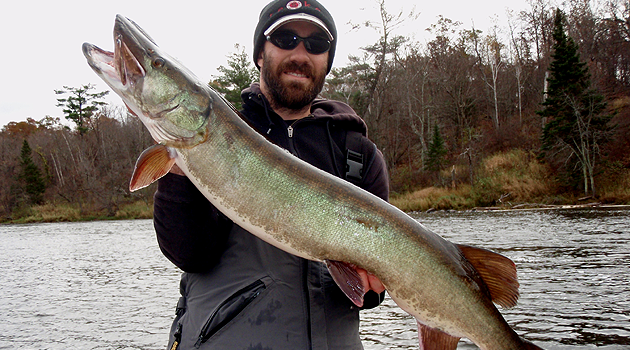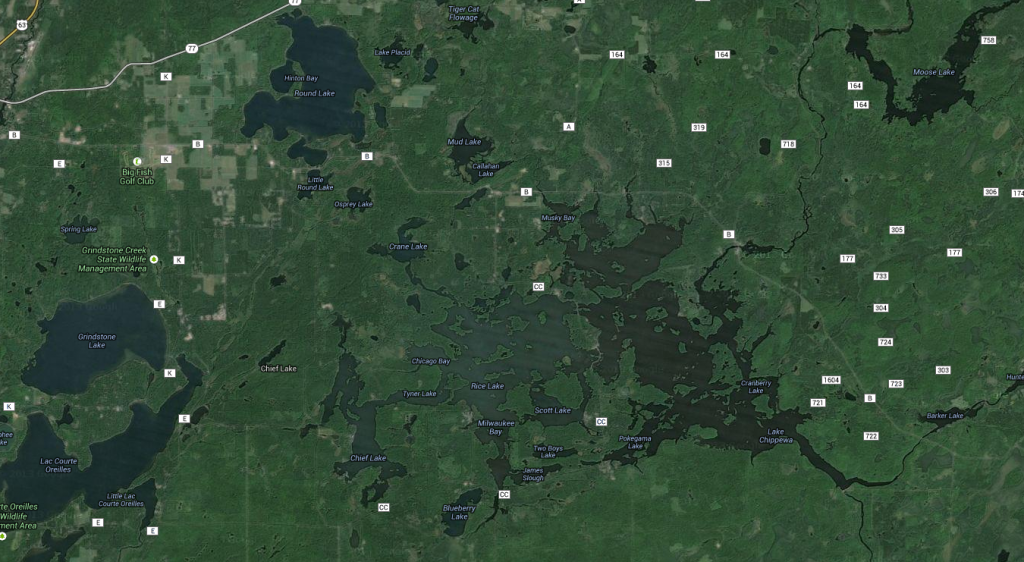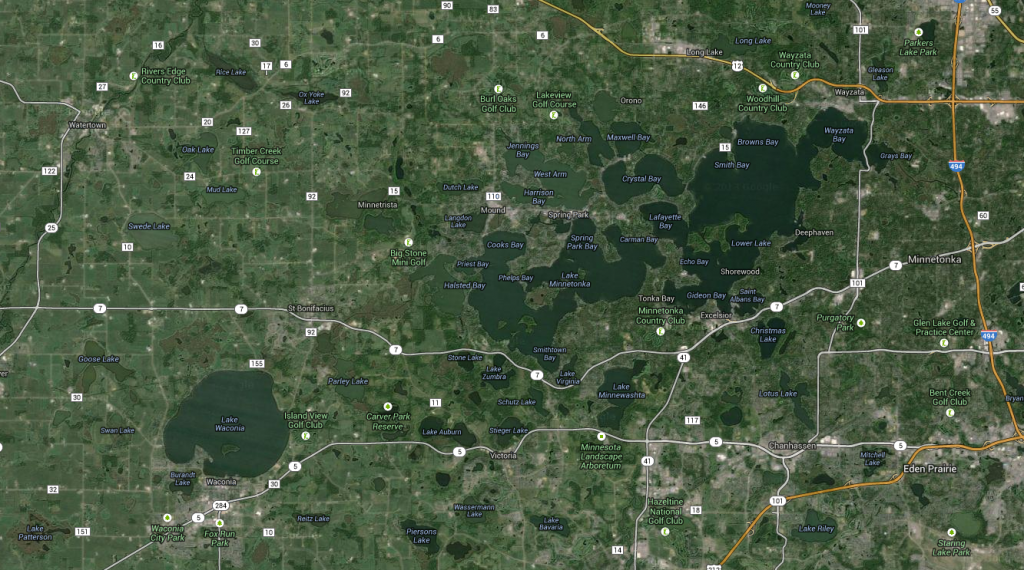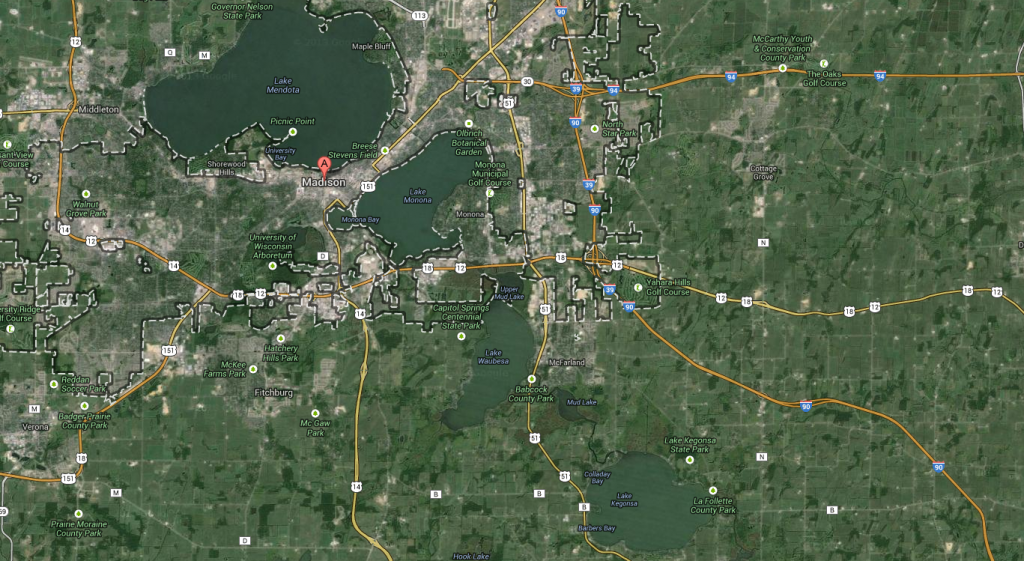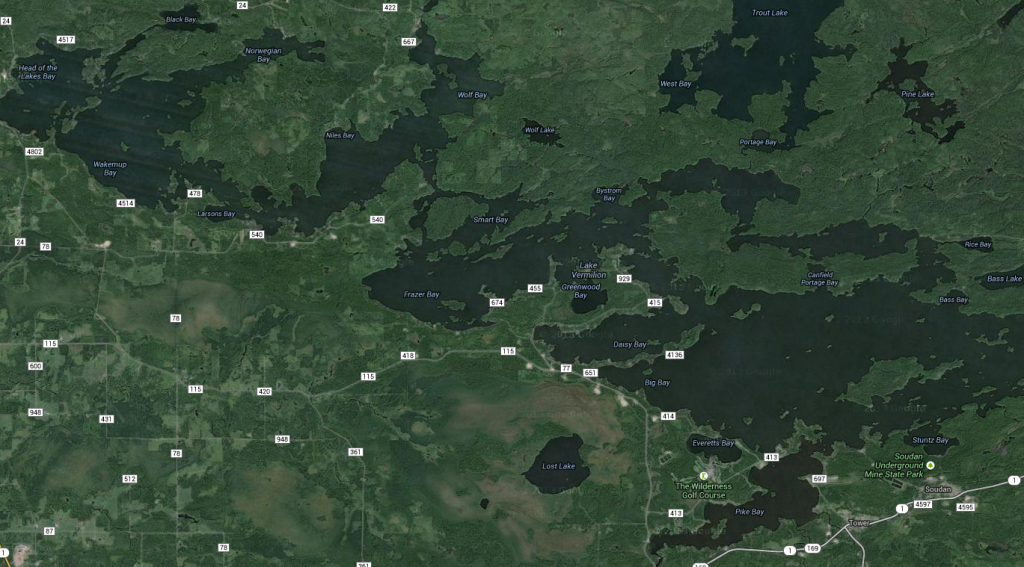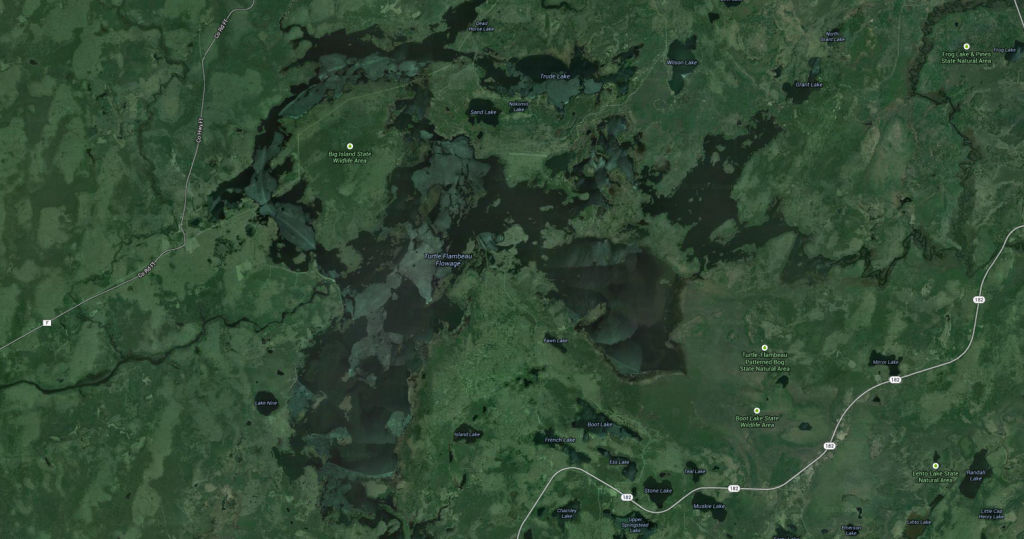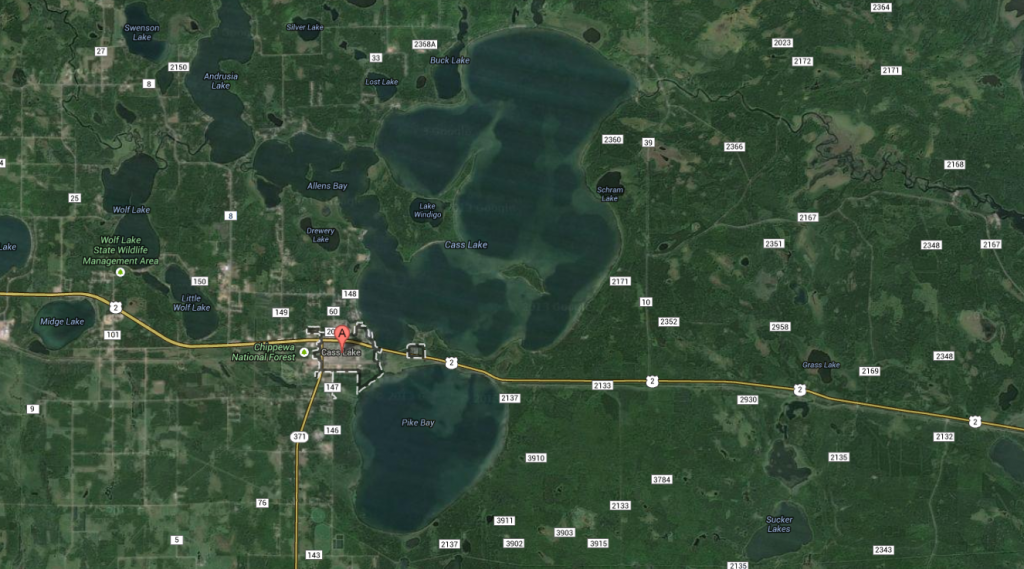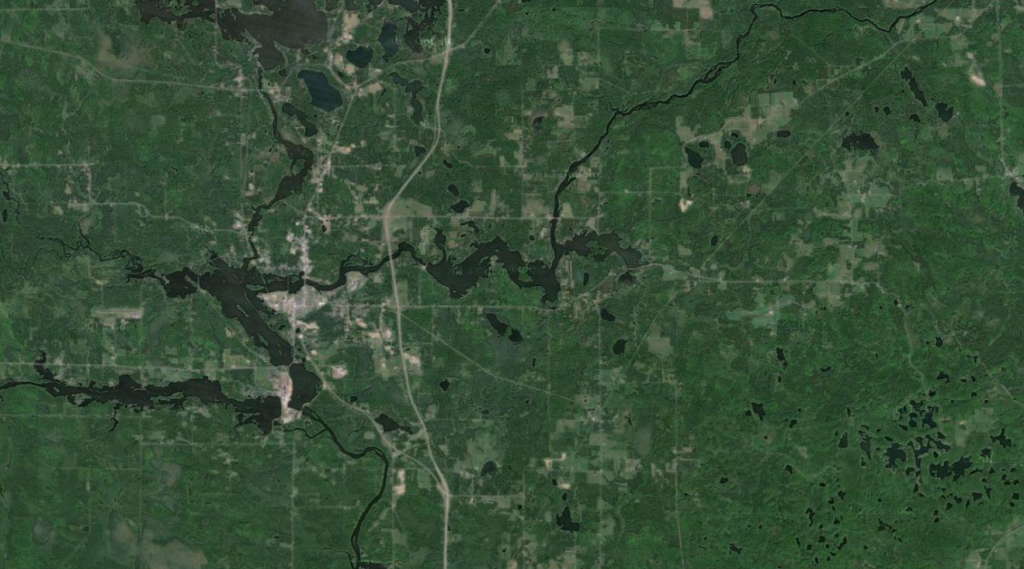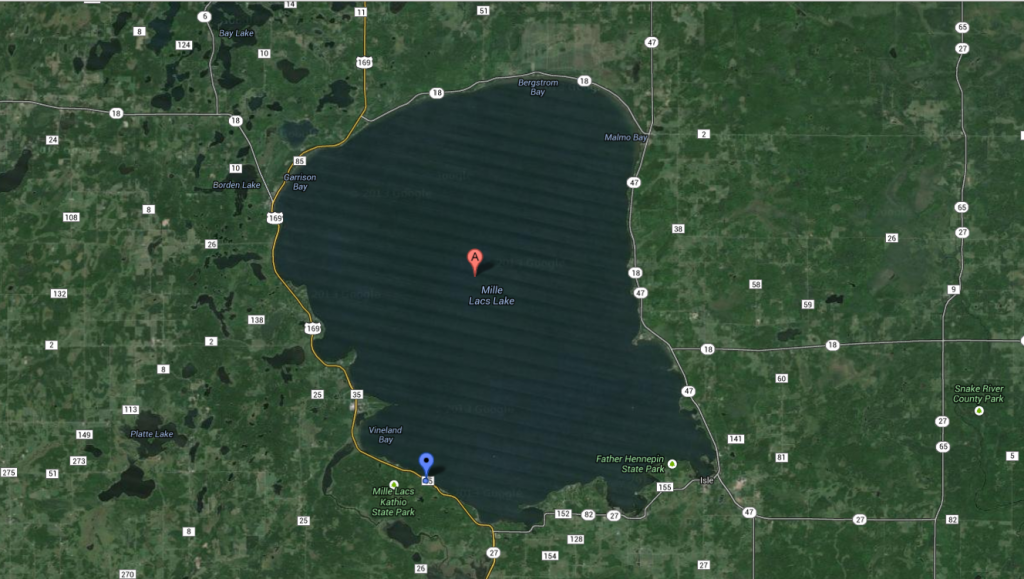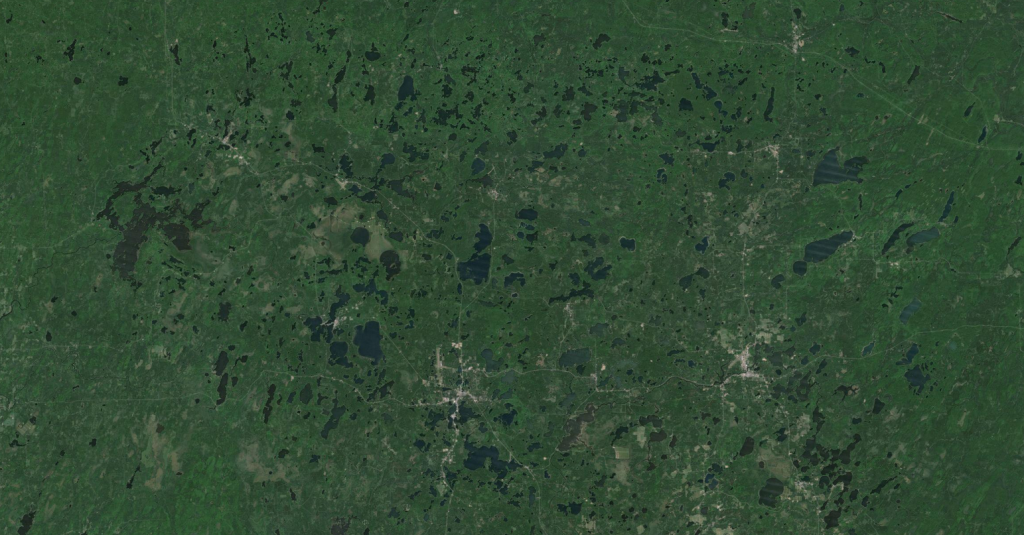By Adam M. Glickman
Summer continues to be the time that the most muskies are caught. However, that is only because summer is the time that the most angler effort hours are put in chasing after muskies. I think that for many outdoorsmen summer musky fishing is a way to pass the time when waiting for fall hunting seasons to open. I am waiting for the hunting seasons as well, because as the various seasons open I have less and less people pounding the waters I fish. This reduction in pressure culminates with the ultimate opener, fire arms deer season, at which point my waters are almost a ghost town. Luckily this is when musky fishing is at its best, and I cash in on my most productive effort of the entire season. If total numbers and size of muskies caught were weighted against total angler effort at this time, statistics of real time productivity would be shocking. Fall musky fishing is great almost everywhere, but certain destinations stand out in my mind more than others. Some I think of for shear productivity, some for easy convenient fall fishing, and yet others for that feeling of magic I get when I step outside in the morning, take a deep breath, and just know that I am in for an unforgettable day of fishing.
Hayward Lakes, Wisconsin
The Hayward area lakes in northern WI are steeped with musky tradition. They have been prime musky fishing destinations for a century now, and remain excellent fisheries to this day. Natural lakes, man made lakes, and small rivers in the area all hold muskies. Some have high density populations of smaller muskies. Others have sparse numbers of much larger fish. All of these waters turn on in the fall and anglers targeting the area have a multitude of fisheries to choose from to meet almost any expectations.
The Chippewa Flowage is a large man made lake that offers all types of musky cover and water clarity ranging from a dark stain in the east half to crystal clear waters in the west side. It harbors good numbers of muskies and a real chance at a truly huge individual. Forage on the “Chip” consists of suckers, walleye, and panfish; and therefore the muskies are fairly cover orientated.
For those seeking large clear natural lakes; Round, Grindstone, Lac Courte Oreilles, and Whitefish Lakes seldom disappoint. All have the added element of ciscoes in their forage base, which means many of the lakes’ largest muskies will chase the pelagic forage year round. Most of the year this is done suspended over main lake basins. However, just before freeze up, the ciscoes move to main lake structure to spawn over a bottom of clean sand and fine gravel. Giant muskies follow, and the best shot at a true WI trophy occurs.
Waters such as Moose Lake, the Spider Chain, and the Tiger Cat Flowage harbor huge numbers of muskies; though encountering very large fish in these systems is rare. These systems experience intense fall action as competition for prime areas and forage becomes fierce. Days of multiple boated muskies are common.
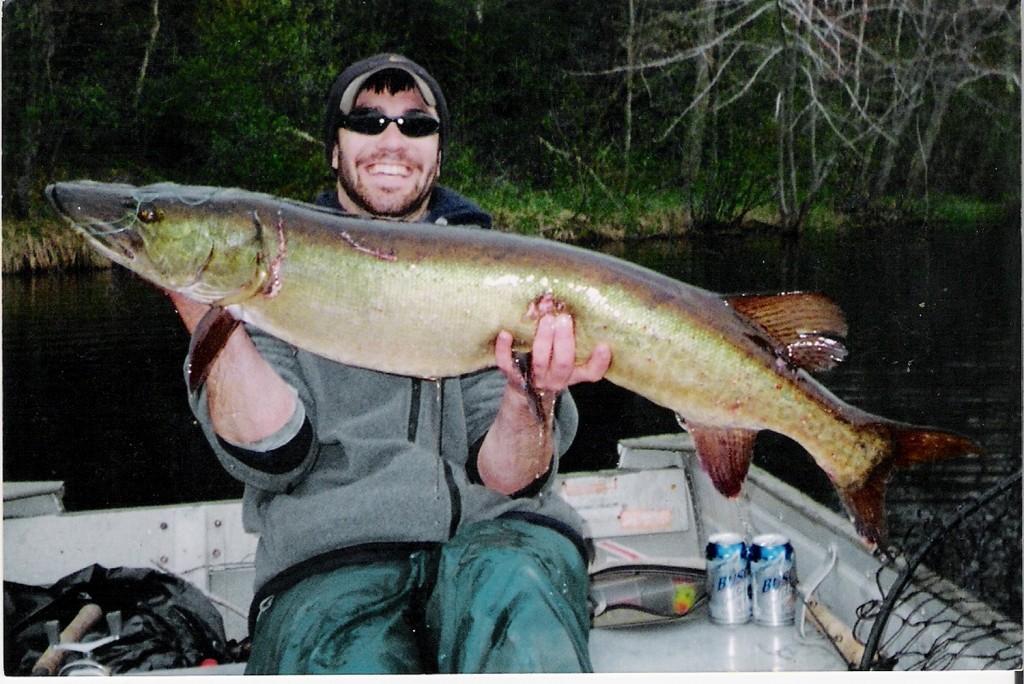
Twin Cities Metro, Minnesota
Musky waters of Minneapolis, St. Paul, and the immediate surrounding area are the last things that come to mind when thinking of classic fall water, but for easy access to excellent fall action, they are often tough to beat. I have taken pictures of mid 30 lb. muskies with the Minneapolis skyline and evening rush traffic in the background. White Bear, Bald Eagle, Minnetonka, Harriet, Independence, and Waconia have all been stocked with Leech Lake strain muskies long enough to produce 30 and 40 lb. class fish. Elmo, Phalen, Calhoun, Nokomis, and Bryant are designated tiger musky lakes that regularly produce trophy specimens of the beautiful hybrids. Mostly this is all a vegetation orientated bite. Depending on the lake, outside weed edges exist in 2-20’ of water, and the muskies will be tight to these edges until freeze up and after. Keeping artificial lures and live baits no further than 5-10’ from the edge is the key to success.
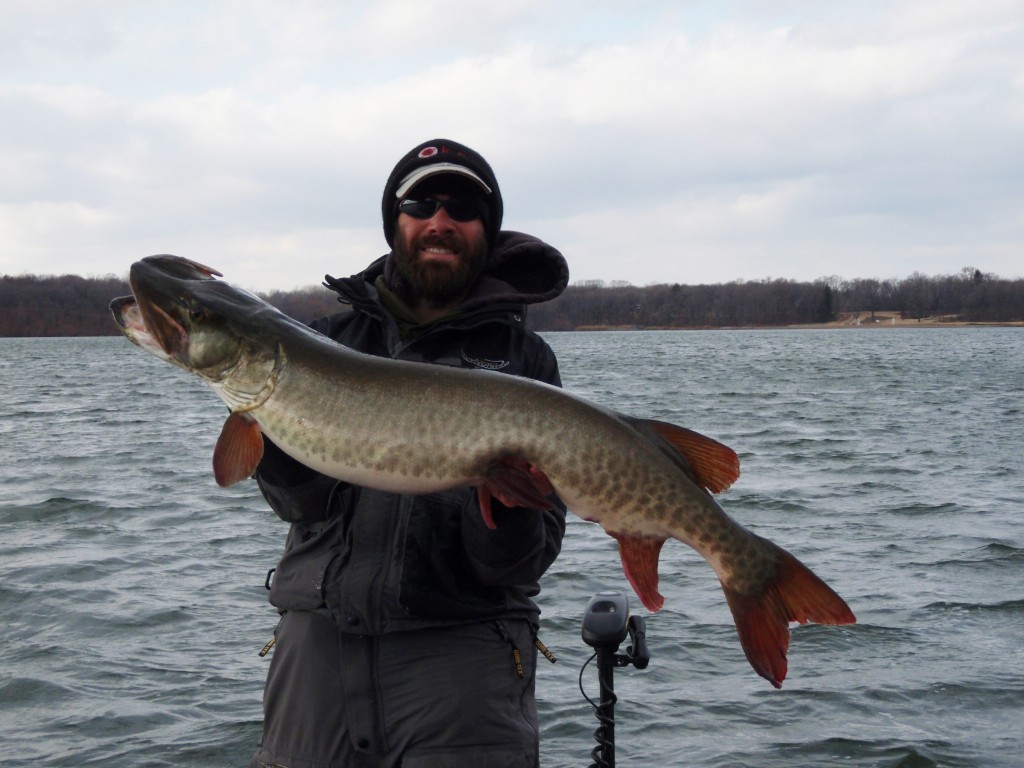
Madison Chain, Wisconsin
Other prime urban lakes are Monona, Waubesa, and Wingra Lakes located in the city of Madison WI. This lakes lie well into the southern WI musky management zone and therefore are open to legal fishing until the end of December. Monona and Waubesa are connected via a navigable channel, and have begun to put out some real tanks in recent years. Smaller Wingra is connected, but is a separate launch in terms of boat access. Wingra offers a good fishery, and is a good choice for those looking for a smaller water experience. Its trophy potential however is less than the other two waters. Like other urban waters, fall is pretty much the only peaceful open water period. The cold water is luckily not conducive to the hoards of recreational boaters. Muskies and those who fish them both seem to respond well to the absence of such nuisances.
Lake Vermilion, Minnesota
Lake Vermilion, located in northeast MN, sprawls over 40,000 acres of islands, reefs, and separate basins carved into the granite shield rock. The lake supports some of the largest muskies in North America. The Leech Lake Strain muskies first introduced into the lake in 1987 show excellent natural reproduction and are supplemented by stocking. The muskies grow long and girthy on a rich forage base of ciscoes, suckers, walleye, and panfish. Some are very structure orientated. Others roam the lake chasing vast schools of ciscoes that often cover several football fields in area. Muskies school heavily in Vermilion, where there is one there will be more. However, this also means that there is a lot of dead water. Vermilion is full of serious navigational hazards, and the buoys that mark the shallow boulder and bedrock reefs get pulled in October. Extreme caution is advised.
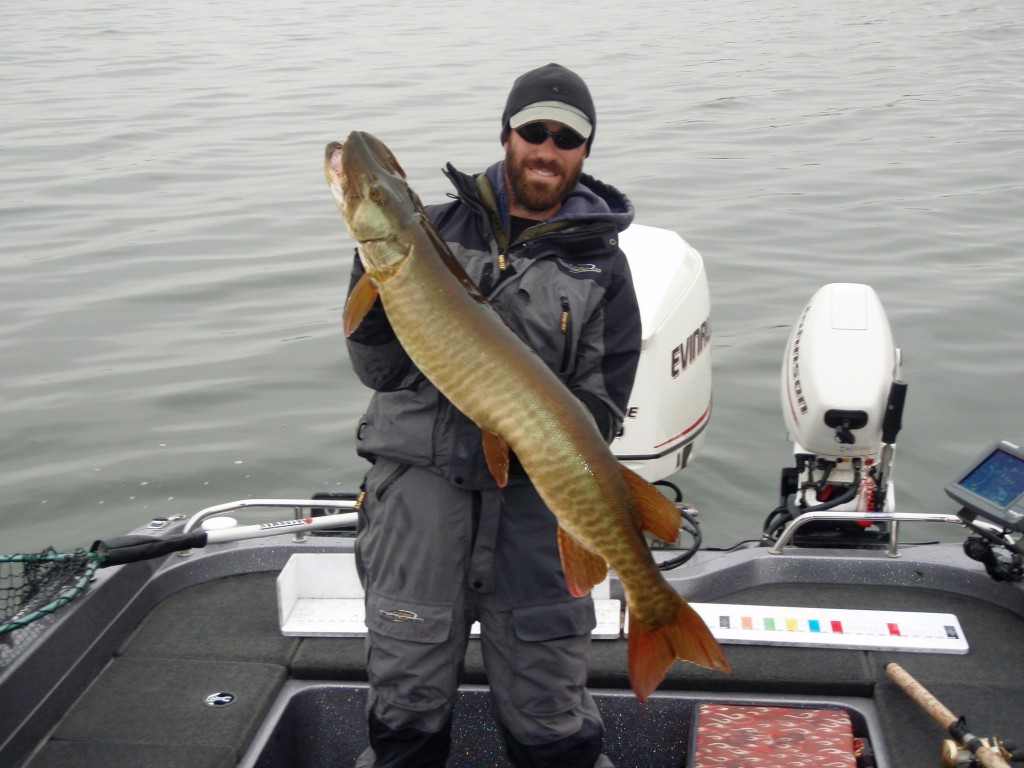
Turtle Flambeau Flowage, Wisconsin
The Turtle Flambeau Flowage takes up much of southern Iron County in northern WI. The shallow winding reservoir consists of many flooded lake basins, islands, channels, reefs, and flooded timber fields. It is mostly wilderness with little development, and harbors one of the state’s better fisheries for many species, including muskies. It is located far enough from any population center or tourism mecca that it receives very little fishing pressure when compared to its vast inviting waters. Muskies are numerous and run large with excellent trophy potential. The rock structure of the many islands and reefs is prime come fall especially if it is near old flooded river channels. The channels act as highways for forage as well as muskies, and are also productive when scoured with deep running presentations.
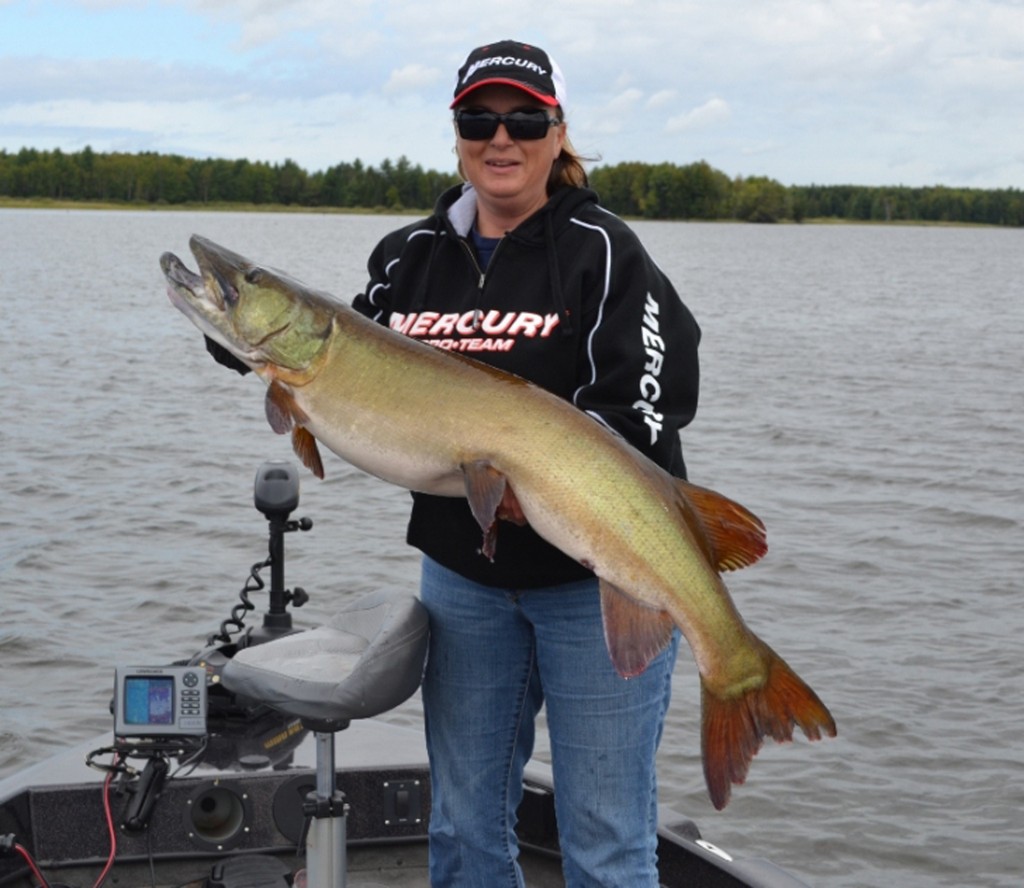
Cass Lake, Minnesota
Cass lake is a 15,000 acre crystal clear lake in north central MN that harbors depths well in excess of 100’. Muskies grow old and huge in these pristine waters feeding on perch, walleyes, ciscoes, and even whitefish (the presence of whitefish being indicative of just how much deeper and colder Cass is than other musky lakes south of the Canadian border). Cass’s basin consists mostly of sand and fine gravel. Main lake areas have little vegetation. It is well known that the few areas that have both rocks and weeds hold muskies, but these spots are also well known and pounded. Casting over the lakes many breaklines in 15-60’ is a daunting task, but is also one of the better ways to encounter one of the lakes massive pelagic muskies. Locating schools of open water forage is a great way to pinpoint the presence of muskies when using this approach on this vast lake. As the water cools in late fall, both ciscoes and whitefish draw tighter and tighter to the clean sand and gravel breaks to spawn, and the muskies follow.
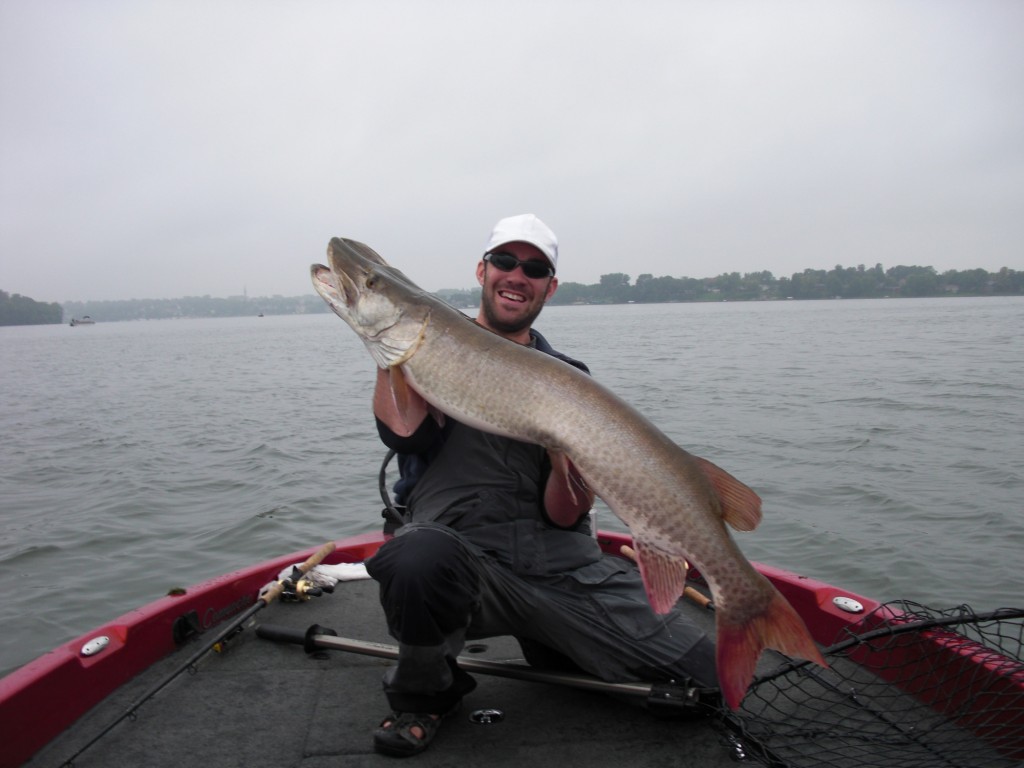
Wisconsin & Flambeau Rivers, Wisconsin
The Watersheds of the Wisconsin, Flambeau, and Chippewa Rivers in Wisconsin are what I often like to refer to as the cradle of life. After the last glciation receded, these were the first WI waters inhabited by muskies. Today, these rivers look much different, as they are segmented by dozens of dams, but the muskies within are still very much a reality. The upper stretches and tributaries are smaller and are best fished from small water craft or even on foot. Lower reaches of these rivers are much deeper and wider and require water craft to fish thoroughly. Some areas have dense populations, others are more sparse. Large muskies can be found throughout, but large areas with many holes 10’ deep and deeper will grow the largest muskies. As the water cools in fall, muskies abandon shallower fast areas and concentrate heavily in deeper slower areas, especially those with dense forage.
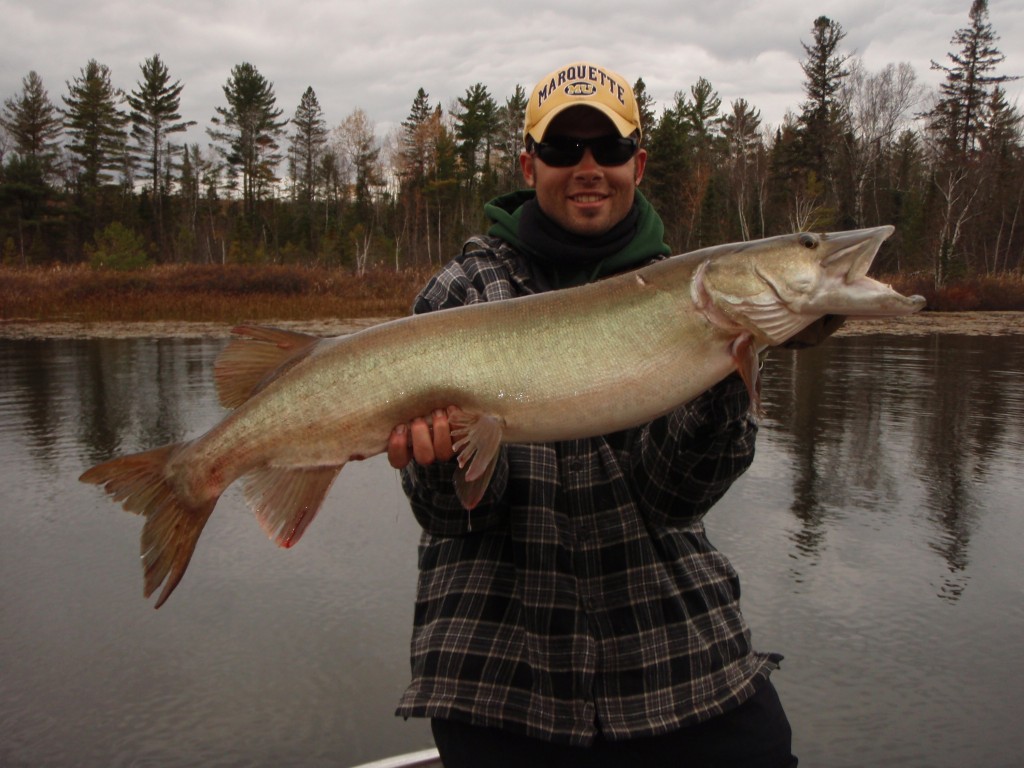
Mille Lacs, Minnesota
At just under 220,000 acres, MN’s Lake Mille Lacs is the largest inland musky lake in the U.S. Mille Lacs is a classic windswept mesotrophic MN lake. It is not that deep, fairly fertile, and has high water quality. The lake is no deeper than 40’, and due to its vast surface area, does not stratify as wind driven currents mix it throughout the entire open water season. Mille Lacs has an excellent forage base of cisco, walleye, sucker, and perch, and is most likely the only water in the state capable of producing a musky larger than Vermilion. Vast weed beds and rock reefs provide ample structure and cover for the muskies that prefer to ambush. Other muskies spend their lives chasing the ciscoes in open water. As fall progresses, areas with green weeds will still hold some fish, but rock reefs produce better. Again, before freeze up, ciscoes move into clean sand and gravel reefs to spawn and some of the largest and least pressured muskies move in with them. Moderate winds make much of Mille Lacs tough to fish and navigate safely. The weather can turn on a dime, and in there is little room for error due to cold water temperatures. Close attention to weather forecasts is a must, as is complete preparedness. Extreme caution is advised.
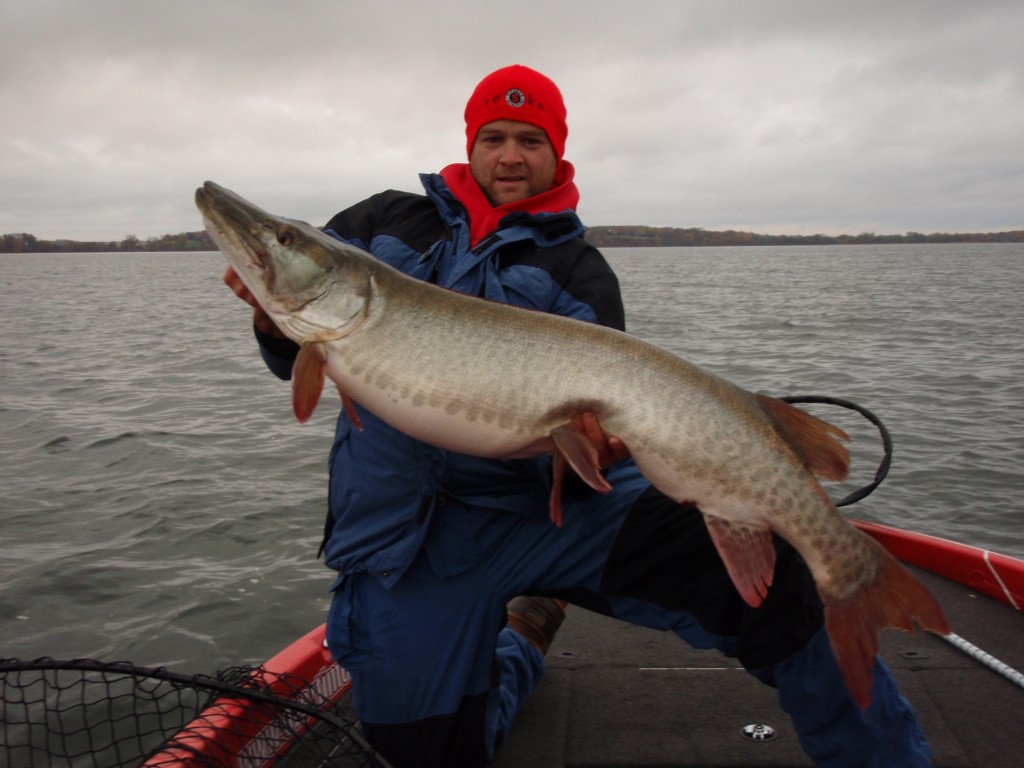
Vilas and Oneida Counties, Wisconsin
Wisconsin has more individual musky waters than any other state, and Oneida and Vilas counties in Northeast Wisconsin have the greatest concentration of musky waters in the state. The two counties literally have hundreds of musky waters of almost every conceivable type. The beauty of having so many different musky waters at such a close proximity to one another is that at least a few of them are usually going to be on fire, especially during fall. If one lake is failing to give up desired results, simply switch to another nearby without loosing too much precious fall time on the water.
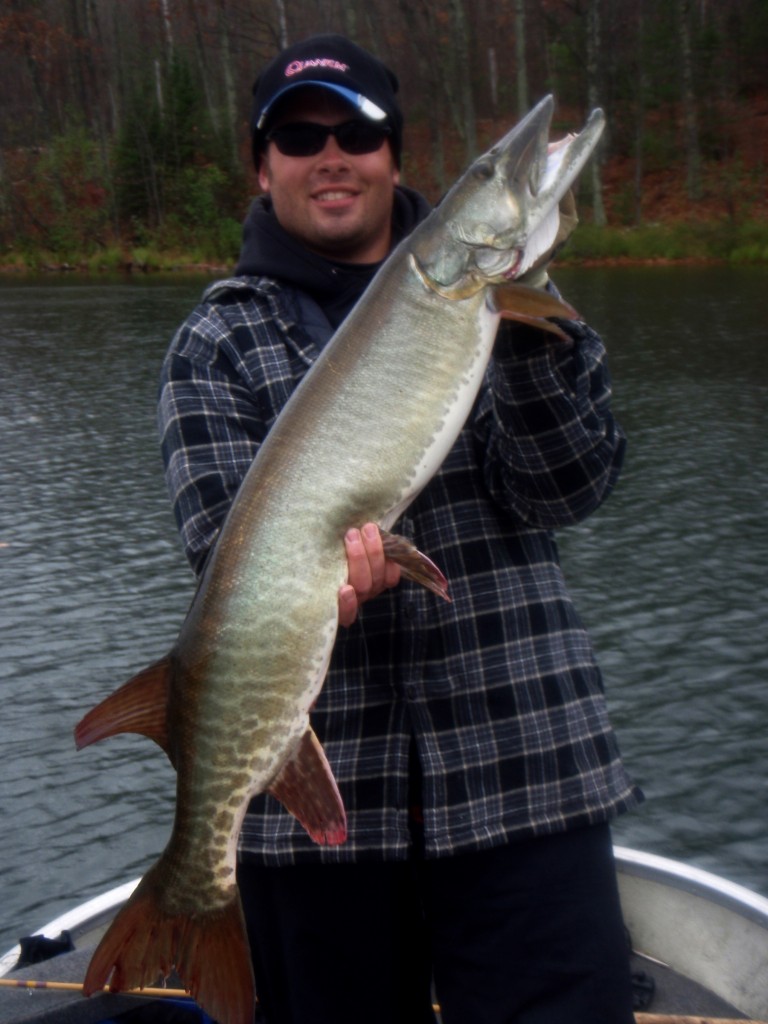
Melton Hill, Tennessee
Many great musky opportunities exist in central and eastern TN on the state’s reservoirs, rivers and streams. The fishing is great September through December. The muskies grow fast and large, and the young giants are often ready to strike a lure. For the best bet at good action, contact Corey Allen at www.stonesthrowadventures.com
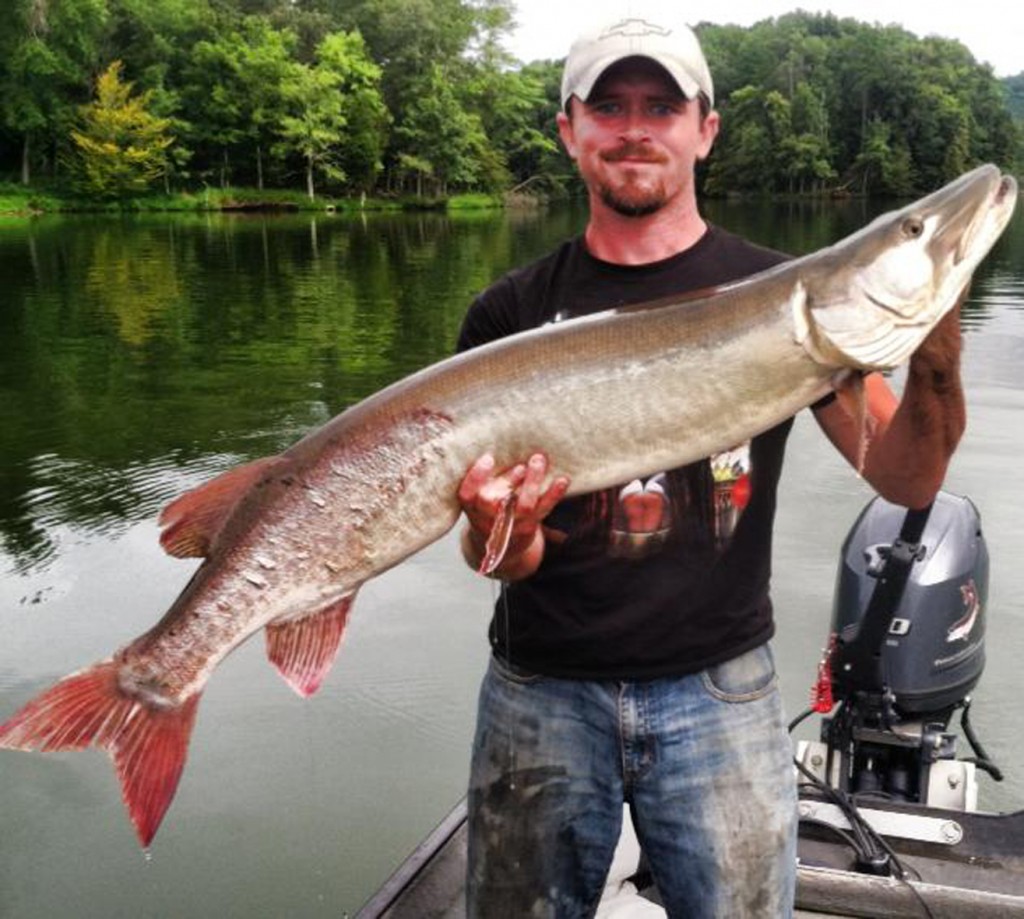
The End
Everything comes to an end. Unfortunately, fall musky fishing comes to an end all too quickly. If there is one main idea I would like to reiterate before we part ways, it is not to waste time on the water during fall. The season is short and the days are short, wasting any of it is a mortal sin in my book. Unless there is something terrible going on with the weather, the muskies will be biting well somewhere. If they are not moving and responding on the body of water I am fishing, I move. The time I spend moving is always better spent than time spent beating a dead horse. I can’t count how many times squeezing in just an hour before dark on a different body of water has paid off big time.
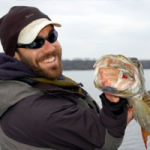 Adam M. Glickman
Adam M. Glickman
Adam Glickman, 33, originally from Ashland Wisconsin but now of the Minnesota Metro area, is field editor with Muskie Magazine, and a frequent contributor to Fishing-Headquarters and the online magazine. In 2014, Glickman began producing his new fishing program: Honest Musky Television is a unique, educational and entertaining fishing show. Our techniques are diverse, versatile, and often cost effective. We always get the strike and hookset on film, and in true honest musky fashion we use no fake hook sets or editing tricks. Glickman and his team films on a vast variety of aquatic environments from the smallest streams to the largest lakes, and done exclusively on public water, mostly in the Upper Midwest at affordable and realistic destinations.


